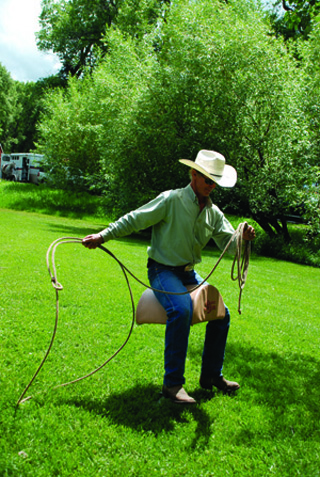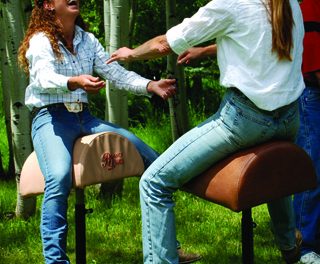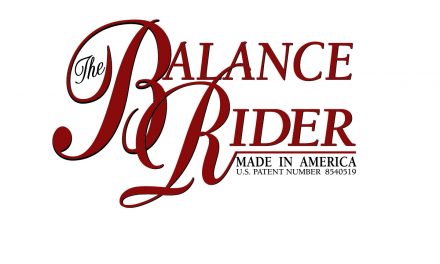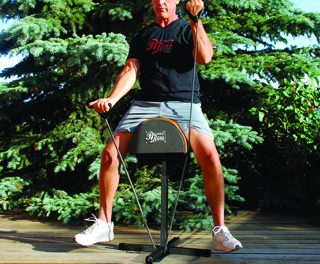 We are often asked if the Balance Rider is only for equestrians, or if it has value for people who don’t ride horses. So we’re going to take a little side trip before going on with our explanations/definitions of balance, core strength and proprioception.
We are often asked if the Balance Rider is only for equestrians, or if it has value for people who don’t ride horses. So we’re going to take a little side trip before going on with our explanations/definitions of balance, core strength and proprioception.
Essential facts: Good balance, core strength and proprioception are the basis for healthy/successful performance in any physical activity, from walking to pole-vaulting, from rowing a boat to swimming the English Channel. And in case you’re wondering why we mention rowing and swimming: Rowing especially requires balance. Both activities demand core strength. And both depend on serious coordination, a condition enhanced by proprioceptive agility.
The simple answer to the question about wide-ranging value is YES, the Balance Rider offers tremendous benefit ~ really for everyone. I started to write a long list of activities and athletic applications that are aided by good balance, a strong core and efficient proprioception. Then I remembered that I need to keep these blogs short and sweet. So, the “really for everyone” statement isn’t sarcasm. It’s simple truth.
Continuing in the spirit of brevity, here are a few bullet points that might begin the process of clarification that we’ll revisit in Part Two and later, from time to time.
In general, the Balance Rider is:
• Safe and effective for people of all ages and levels of fitness.
• A training platform that focuses on the core, eliminating the assistance of feet and legs.
• A balance and proprioception enhancer that excludes the aids of other body parts.
• An enjoyable challenge toward the attainment of an easy-to-recognize state of balance.
• Neither too aggressive, nor too complicated ~ while . . .
• Adjustable to meet various levels of skill and fitness.
• Offering increasing challenge through exercises designed to elevate fitness.
• Stimulating and Fun!
• A powerful tool that specifically activates:
• BOTH the internal and the external muscles of the trunk and spine.
• BOTH the large abdominal and gluteal muscles; and the small but incredibly mighty spinal stabilizers.
• Engages pelvic floor muscles in a direct and efficient manner.





